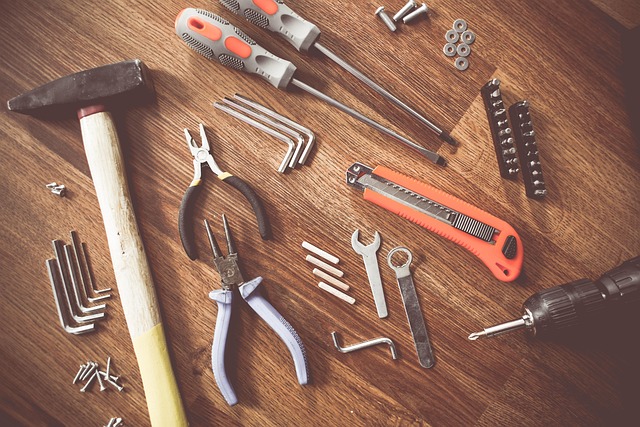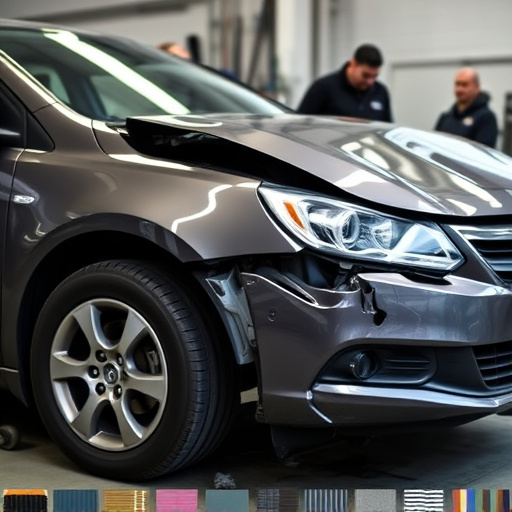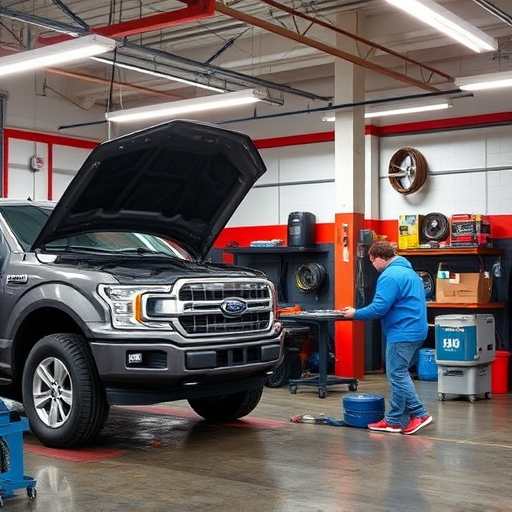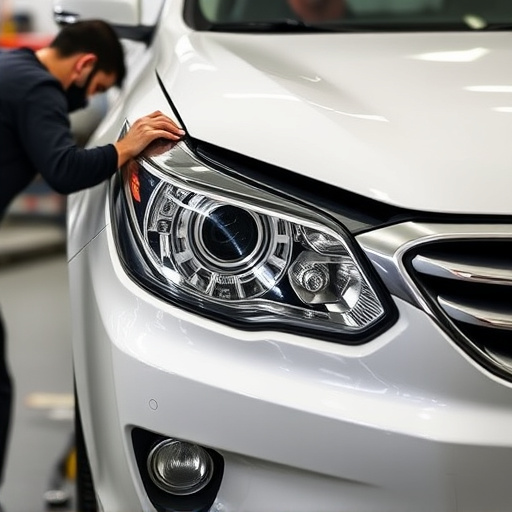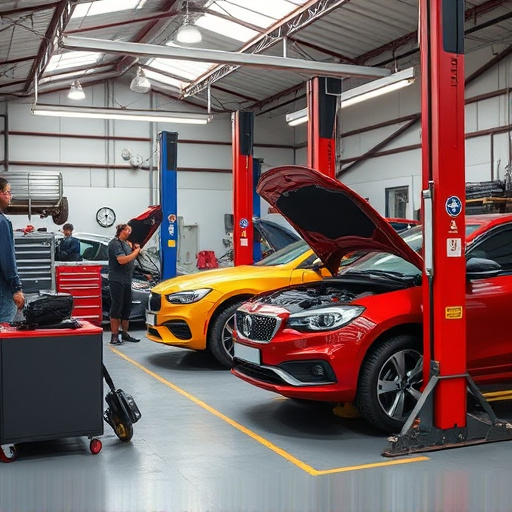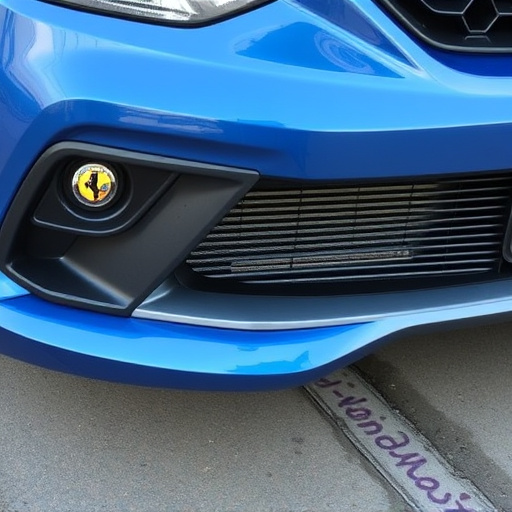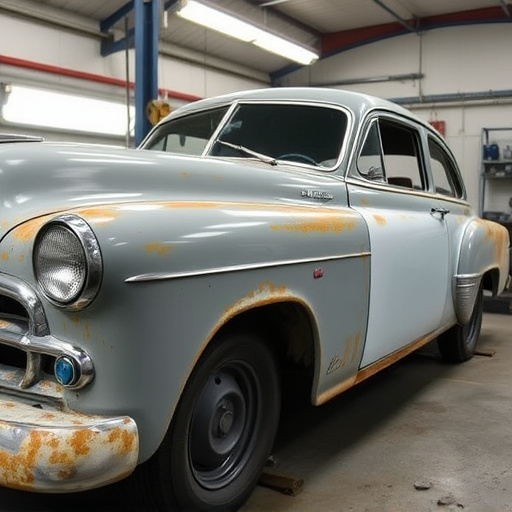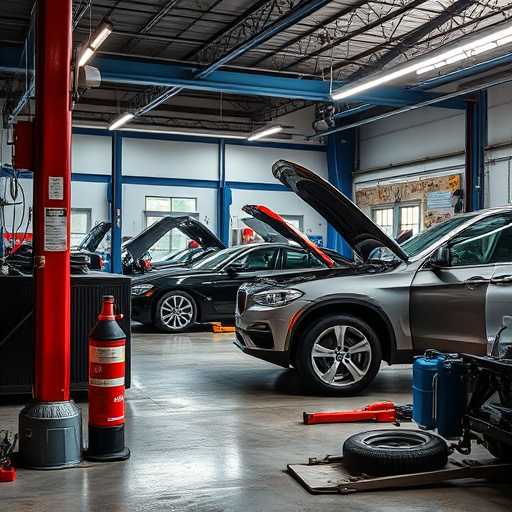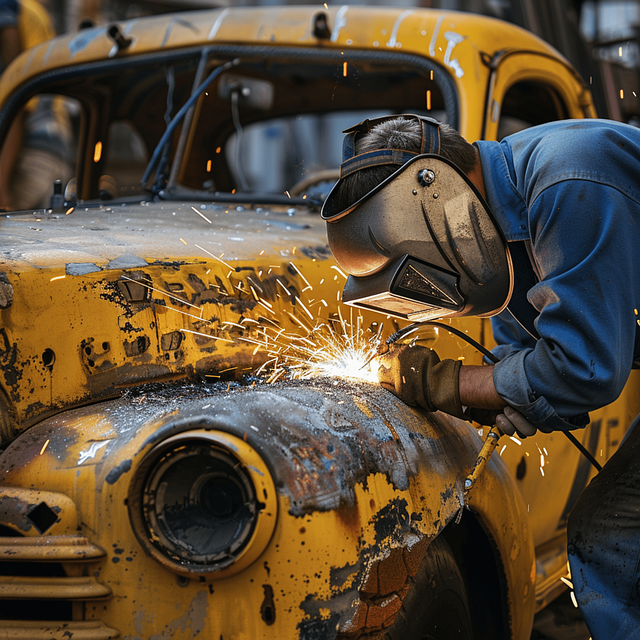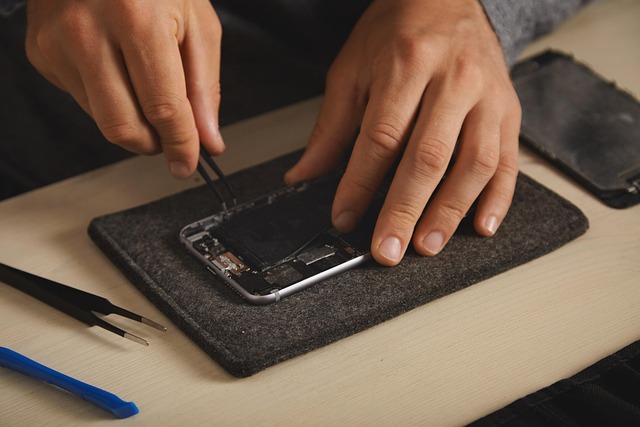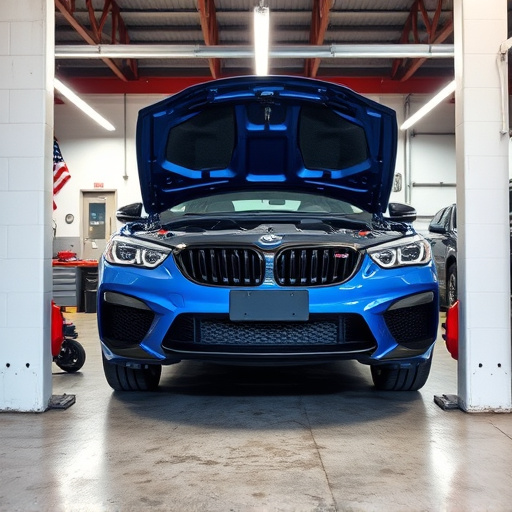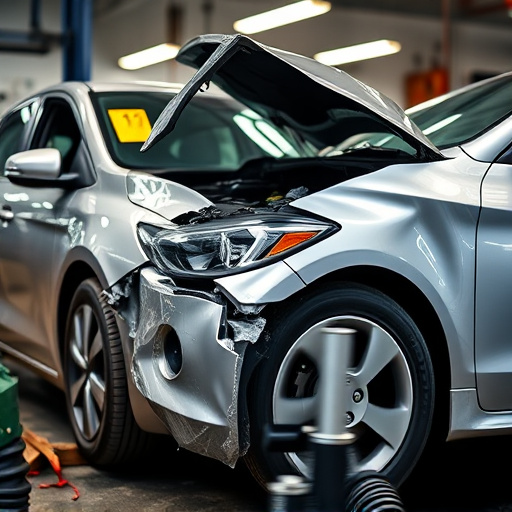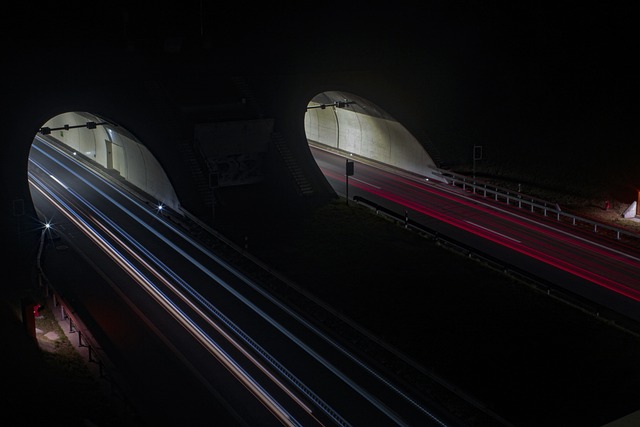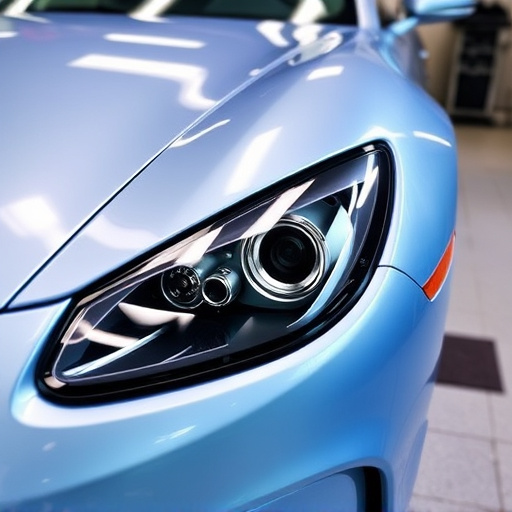Electric car body repair utilizes lightweight composite materials like fiberglass, carbon fiber, and aluminum for enhanced efficiency and performance. Skilled technicians employ advanced techniques such as laser welding and robotic patching to preserve structural integrity and visual appeal. Meticulous surface preparation, including cleaning, degreasing, sanding, and using specialized primers, ensures a flawless finish. Adequate drying time between paint coats prevents texture issues, achieving optimal results in Mercedes Benz or collision repair services.
“Elevate your electric car body repair game with advanced techniques designed specifically for these innovative vehicles. This comprehensive guide explores the unique aspects of repairing electric cars, focusing on understanding specialized body panels, mastering precision welding and patching, and achieving flawless paint finishes.
From selecting compatible materials to optimizing paint application for durability, discover expert tips that ensure your electric car restoration is both functional and aesthetically superior.”
- Understanding Electric Car Body Panels: Materials and Compatibility
- Advanced Techniques for Precision Welding and Patching
- Optimizing Paint Application: Tips for Seamless Finish and Durability
Understanding Electric Car Body Panels: Materials and Compatibility

Electric car body panels are designed with specific materials and technologies to ensure optimal performance and efficiency. Unlike traditional vehicles, electric cars often feature lightweight composite materials such as fiberglass, carbon fiber, or aluminum alloys for their bodies. These materials not only contribute to improved fuel economy but also require specialized knowledge and tools during repair processes like electric car body repair. Understanding the compatibility of replacement parts is crucial; generic auto repair near me solutions may not work effectively with these advanced materials.
The unique construction of electric vehicles demands precise alignment and fitment for body panels to maintain structural integrity. When undertaking any vehicle body repair, whether it’s fixing a dent or replacing a damaged panel, technicians must consider the specific design and manufacturing processes of the vehicle. This ensures not only aesthetic restoration but also maintains the overall safety and performance capabilities of the electric car, making every step in car dent repair critical.
Advanced Techniques for Precision Welding and Patching

In the realm of electric car body repair, precision welding and patching are paramount to maintaining the vehicle’s structural integrity and aesthetic appeal. Advanced techniques leverage specialized equipment and materials designed for minimal heat input, preserving the intricate electrical components often found in modern vehicles. This meticulous approach ensures that repairs not only look flawless but also safely integrate with the car’s overall system.
Automotive body shops equipped with experienced technicians employ laser welding and robotic patching systems to achieve unparalleled precision. These methods allow for precise cuts and seamless welds, effectively repairing dents, cracks, and even major fender benders. The result is a collision center-quality repair that not only restores the car’s functionality but also retains its original value, making it an excellent solution for both minor and significant electric car body repairs.
Optimizing Paint Application: Tips for Seamless Finish and Durability

When it comes to electric car body repair, optimizing paint application is key to achieving a seamless finish and ensuring durability. The first step involves preparing the surface meticulously. This includes thorough cleaning, degreasing, and sanding to remove any imperfections or debris that could affect adhesion. Using appropriate primers designed for electric vehicles is crucial as they provide a smooth base for painting, accounting for unique material properties.
During the paint application process, even coating and consistent pressure are vital. For optimal results in Mercedes Benz repair or collision repair services, consider using high-quality paints formulated specifically for cars. Two thin coats of paint are usually better than one thick layer to prevent orange peel or other texture issues. Allow adequate drying time between coats, following the manufacturer’s guidelines for best results in car paint repair.
Electric car body repair is a specialized craft that combines advanced materials science, precision techniques, and an eye for detail. By understanding the unique properties of electric car body panels, mastering precise welding and patching methods, and optimizing paint application, professionals can ensure these vehicles not only look their best but also maintain superior structural integrity. These advanced tips empower technicians to deliver top-notch repairs, contributing to the longevity and environmental friendliness of electric mobility.
